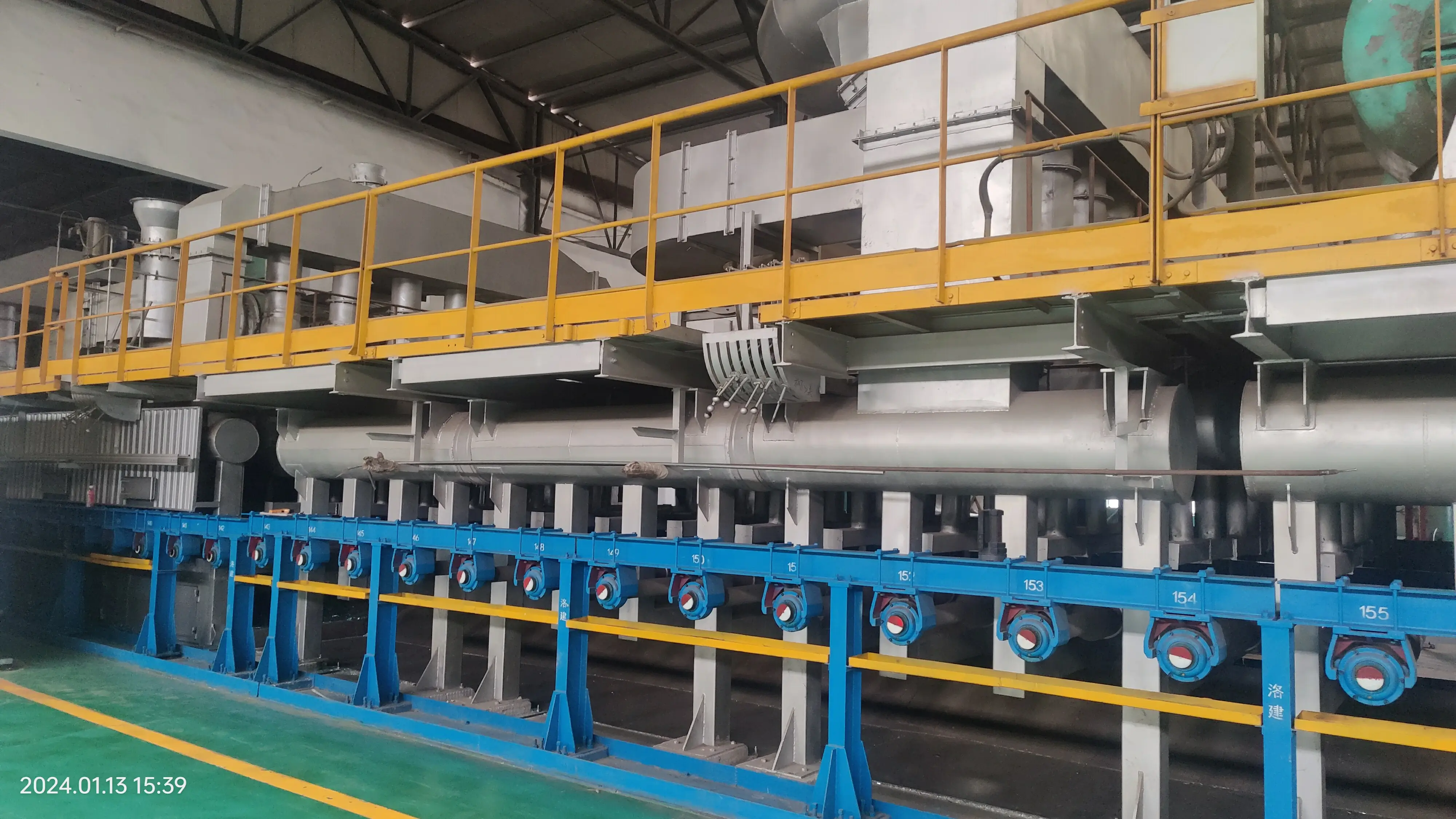

The Evolution and Significance of Tinted Glass Manufacturers
Tinted glass has become an essential material in modern construction and design, serving both aesthetic and functional purposes. The manufacturing of tinted glass involves the infusion of color and various properties into the glass material, enhancing its appearance while offering numerous benefits such as heat reduction, glare control, and UV protection. This article will explore the world of tinted glass manufacturers, their processes, and the impact on architecture and design.
The Manufacturing Process
Tinted glass is produced using several methods, which can include adding color compounds during the glass melting process or applying a tinted film to the surface of clear glass. The former typically results in a more durable product since the color is integrated throughout the glass itself. Manufacturers often work with a variety of materials, including soda-lime glass and tempered glass, to create tinted products that meet specific requirements.
One of the key players in this industry is the use of metal oxides, which are added to the glass batch to create different shades and degrees of tint. For example, cobalt oxide can produce a deep blue hue, while iron oxide can result in green or bronze shades. This versatility allows manufacturers to cater to a wide range of design preferences and functional demands.
Advantages of Tinted Glass
Tinted glass offers numerous benefits that have contributed to its popularity among architects and builders. One of the most significant advantages is solar control. In regions with intense sunlight, tinted glass can significantly reduce heat gain, making buildings more energy-efficient. This results in lower cooling costs and a reduced carbon footprint, aligning with modern sustainable building practices.
Moreover, tinted glass provides effective glare reduction. This feature is particularly important in commercial environments where excessive glare can lead to discomfort for employees and customers alike. By incorporating tinted glass, manufacturers can help create more pleasant indoor environments that enhance productivity and well-being.

Another compelling advantage is the enhanced privacy it provides. Tinted glass can obscure visibility from the outside while still allowing light to enter the space. This property is particularly desirable for offices, residential buildings, and public facilities, making tinted glass an ideal choice for windows and facades.
The Role of Tinted Glass in Architecture
As architecture continues to evolve, tinted glass has emerged as a critical component in contemporary design. Glass facades with varying degrees of tint can create a dynamic visual experience, allowing buildings to blend harmoniously with their surroundings. Architects often leverage tinted glass to achieve different aesthetic goals, from sleek and modern designs to more traditional styles.
Moreover, tinted glass can be combined with other materials such as wood, metal, or stone to create striking contrasts and enhance visual appeal. The interplay of light, color, and reflection can transform a building into a work of art, showcasing the potential of tinted glass as a design element.
Future Trends
Looking forward, the tinted glass industry is poised for growth. With advancements in technology, manufacturers are exploring new ways to produce high-performance tinted glass that not only meets but exceeds functional requirements while offering enhanced aesthetics. Innovations in smart glass, which can change transparency and tint in response to environmental conditions, are on the rise, paving the way for the next generation of tinted glass products.
In conclusion, tinted glass manufacturers play a vital role in the construction and design industries by providing innovative solutions that fulfill contemporary needs. Their products not only enhance the aesthetic value of buildings but also improve energy efficiency, comfort, and privacy. As technology continues to advance, the future of tinted glass looks bright, promising even greater possibilities for architects, builders, and interior designers alike.